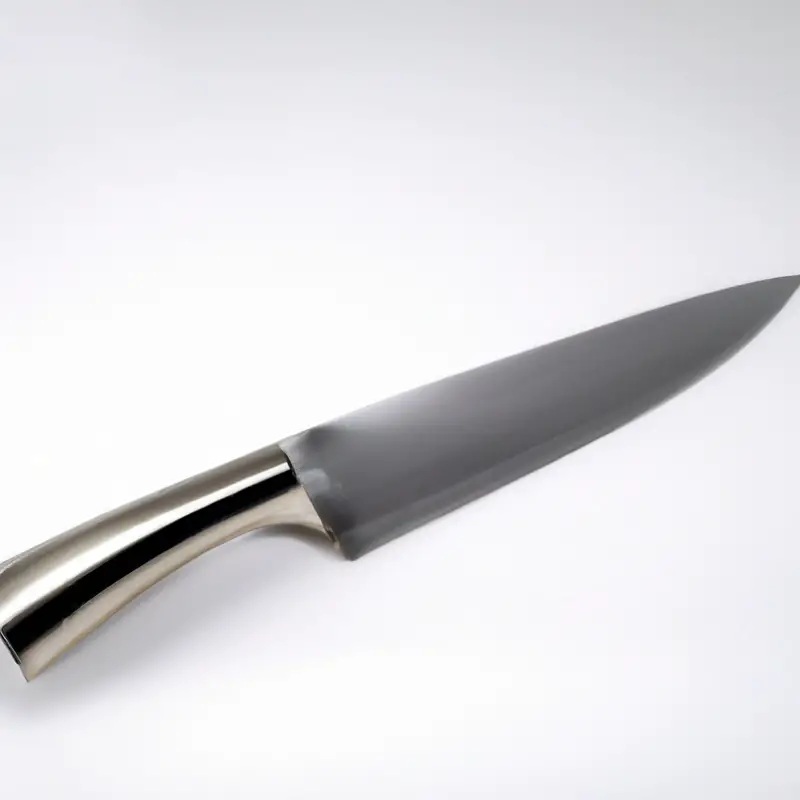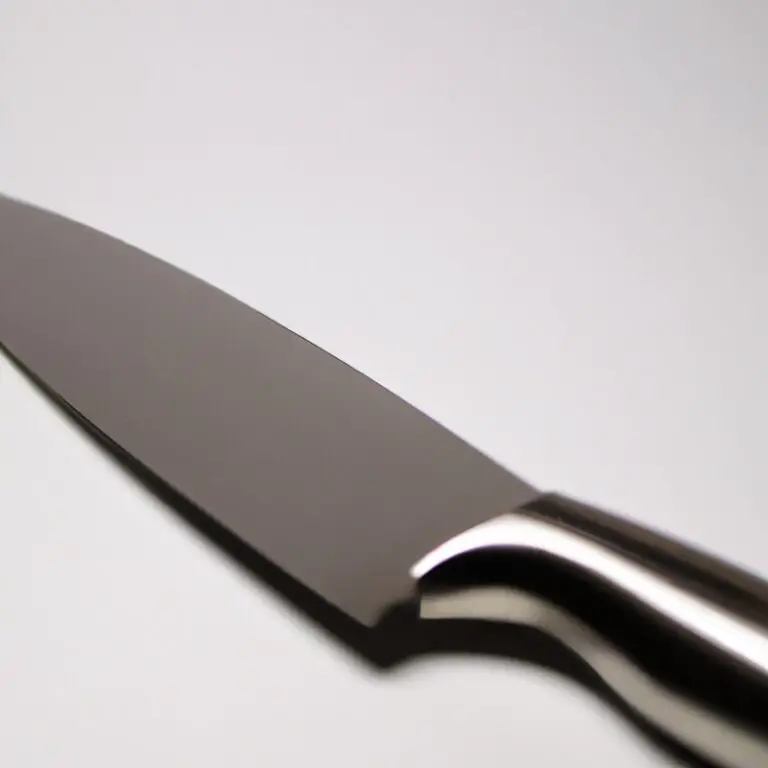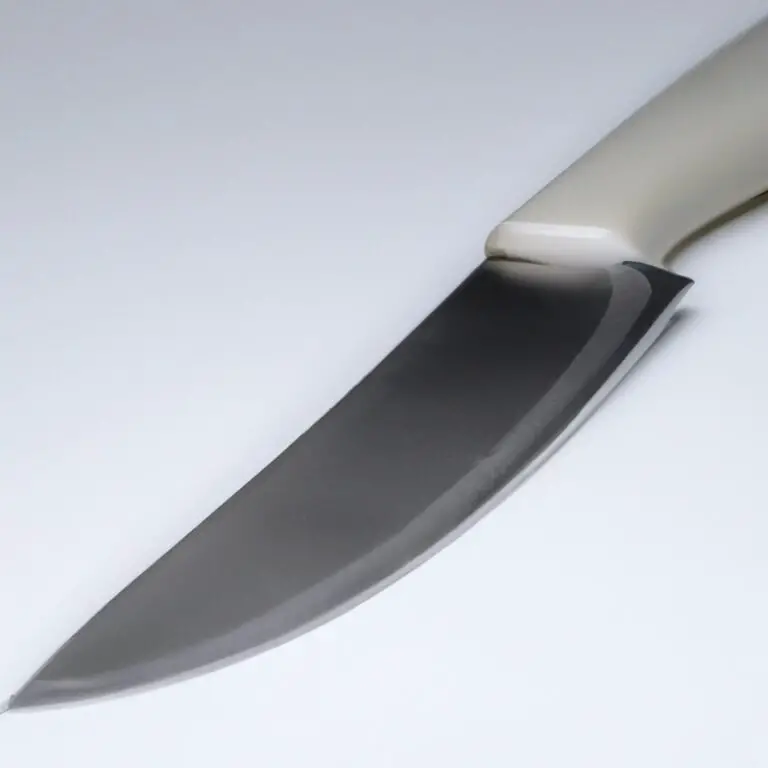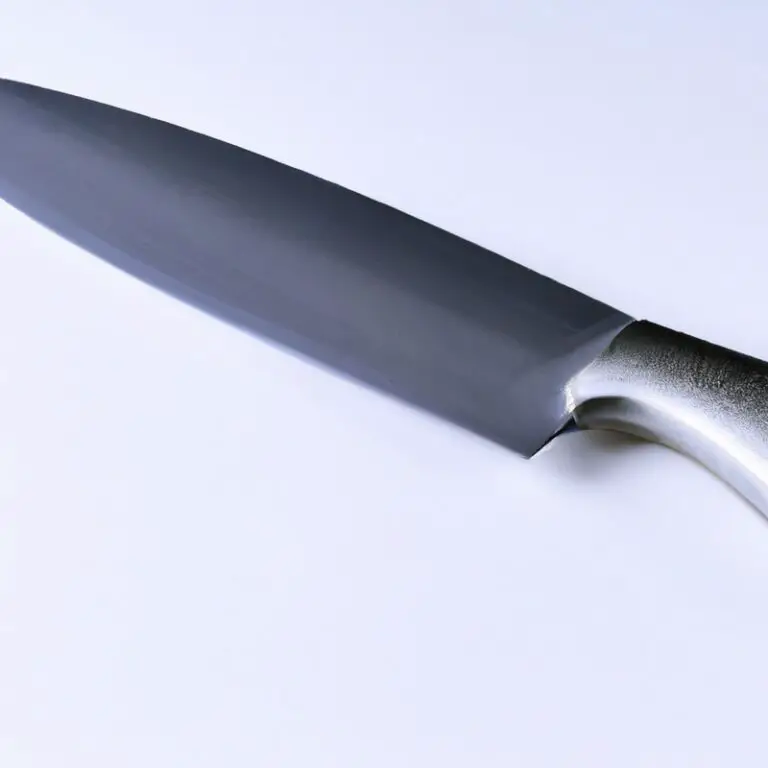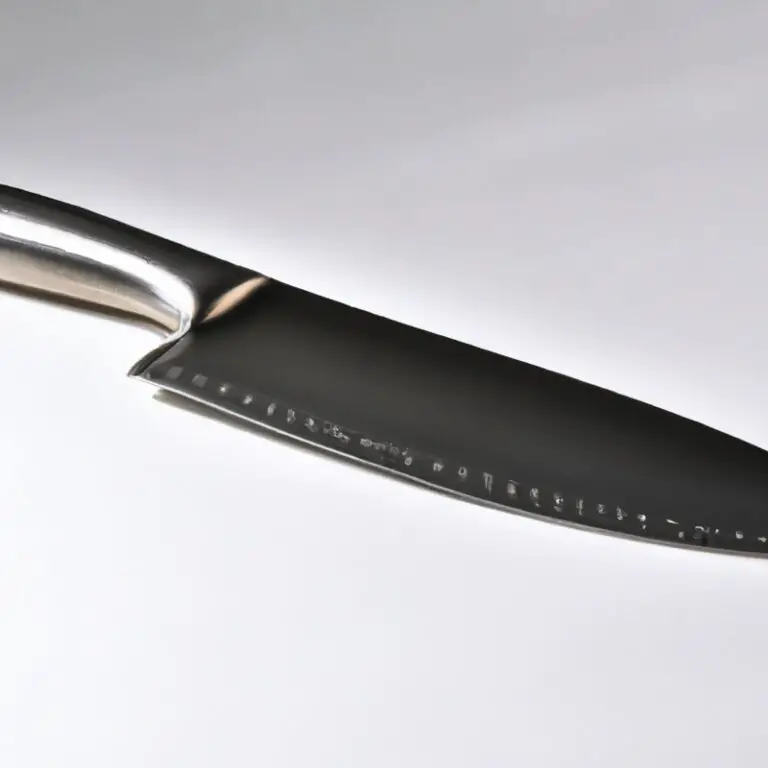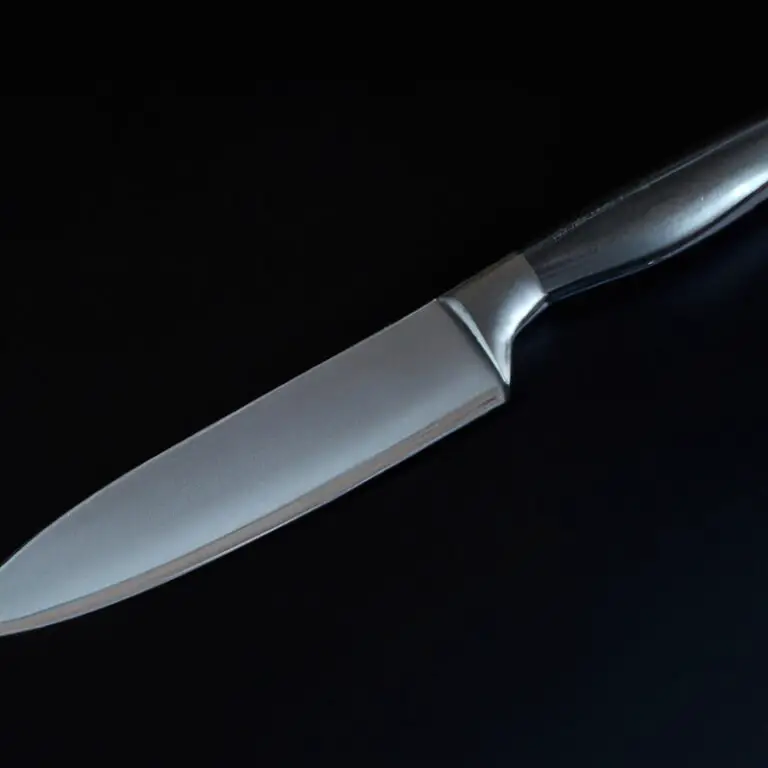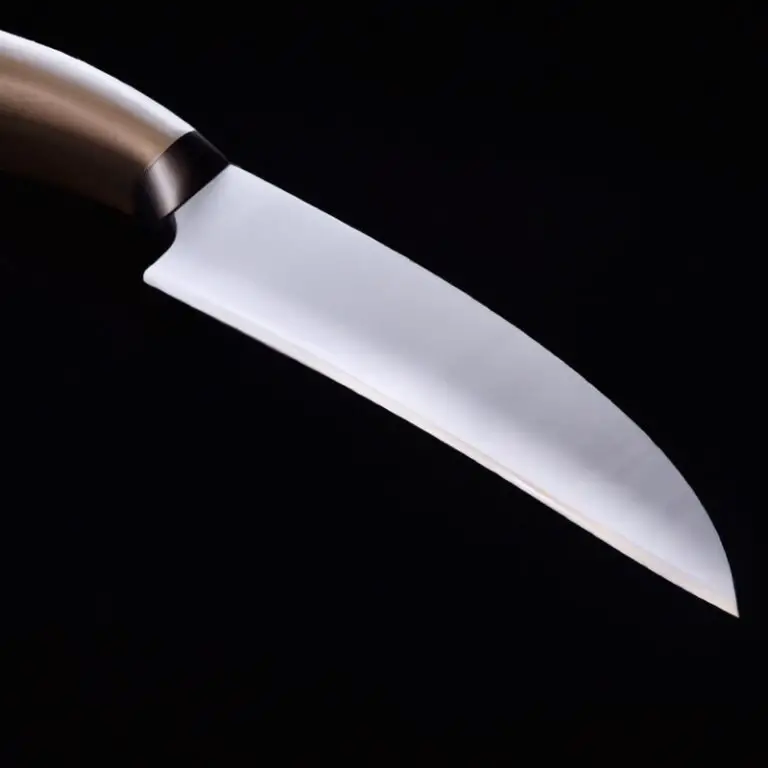Choosing The Best Cutting Board Material For Santoku Knives: A Guide
Key Takeaways:
- Select a cutting board material that is gentle on your Santoku knife’s sharp edge, such as wood or bamboo.
- Avoid cutting boards made of glass, ceramic, or hard plastic as they can quickly dull your Santoku knife and cause damage.
- Maintain your cutting board regularly to avoid cross-contamination and extend the life of your Santoku knife.
- Always prioritize the quality of your Santoku knife and its cutting ability when selecting a cutting board material for optimal performance.
When it comes to cooking with Santoku knives, the type of cutting board you use can greatly impact the knife’s performance and lifespan. Choosing the right cutting board material is essential to ensure optimal cutting efficiency, durability, and safety.
In this article, I’ll explore the pros and cons of different cutting board materials, including wood, bamboo, plastic, glass, and composite boards, and provide you with expert advice on how to select and maintain the best cutting board for your Santoku knives.
| Material | Pros | Cons |
|---|---|---|
| Bamboo |
|
|
| Plastic |
|
|
| Wood (Maple, Cherry, Walnut) |
|
|
| Rubber |
|
|
Understanding the importance of choosing the right cutting board for Santoku knives
Choosing the right cutting board is crucial when it comes to using Santoku knives. The wrong surface can cause damage to the blade, dull it quickly or even cause accidents while cutting.
Different materials have a different effect on the edge retention of the knife, and some surfaces can harbor harmful bacteria that can contaminate your food.
As such, it’s important to take the time to consider the different types of cutting boards available and understand which ones are suitable for Santoku knives. By choosing the right cutting board, you can extend the life of your Santoku knife, ensure a safer and more efficient cutting experience, and keep your meals healthy and bacteria-free.
Wood cutting boards: Pros, cons, and best practices for Santoku knives
Wood cutting boards are a popular choice for Santoku knives due to their natural charm and durability. They are less harsh on knives, reducing the risk of chipping and dulling.
Additionally, wood has natural antibacterial properties, making it less prone to contamination.
However, wood is more porous than other materials, making it more prone to stains and odor buildup. To ensure optimal performance and longevity of your wood cutting board, it’s important to practice proper care and maintenance.
Always hand wash your board with warm soapy water and dry it thoroughly to prevent warping and splitting.
Avoid leaving it soaking in water or exposing it to high heat sources. Additionally, periodically oiling your board with mineral oil or beeswax can help prevent moisture damage and prolong its lifespan.
When selecting a wood cutting board for Santoku knives, choose one made from hardwood, such as maple or walnut, that is at least one inch thick to prevent warping.
It’s also important to consider the board’s size and choose one that provides ample space for chopping and slicing. Finally, always use a separate cutting board for meat and poultry to prevent cross-contamination.
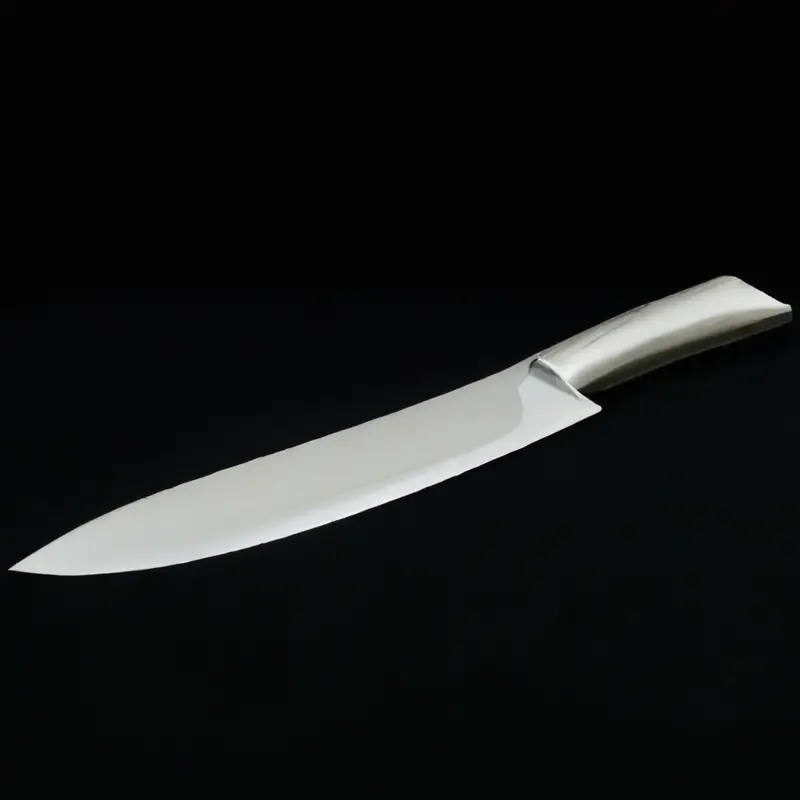
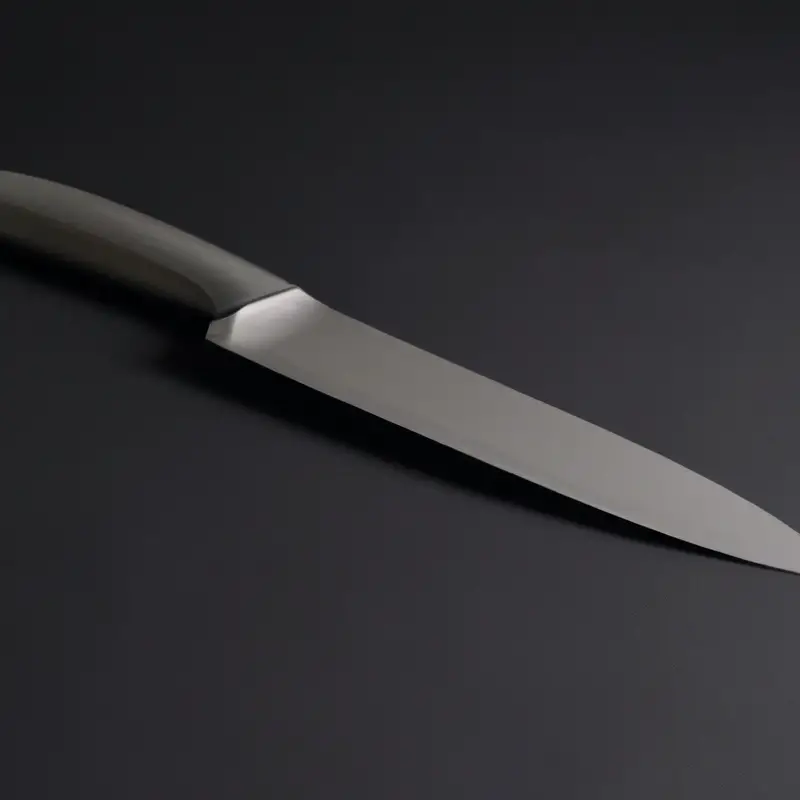
Bamboo cutting boards: Are they suitable for Santoku knives?
Bamboo cutting boards are an affordable and eco-friendly option that many people prefer. However, they may not be the best choice for Santoku knives.
Although bamboo is a hard material, it can still cause dulling and chipping of the knife blade.
This is because bamboo is too hard to give way to the cutting edge. Additionally, bamboo boards can be prone to warping and cracking over time.
For these reasons, it is best to choose a softer wood, such as maple or walnut, for your Santoku knife.
Plastic cutting boards: Pros, cons, and how to choose the right one for Santoku knives
Plastic cutting boards are a popular choice for many home cooks due to their affordability and ease of maintenance. They are also known to be gentle on knife blades, including Santoku knives.
However, some plastic boards may be prone to warping and cracking over time, which can lead to bacterial growth in the cracks, potentially contaminating your food.
To choose the right plastic cutting board for your Santoku knives, opt for one made from high-density polyethylene (HDPE) or polypropylene (PP). These materials are durable and resistant to warping, making them a safer option for food preparation.
It’s important to note that plastic cutting boards should be replaced frequently as they can easily develop deep grooves over time, which can harbor bacteria.
Additionally, they are not as eco-friendly as sustainable options like wood or bamboo. To maintain your plastic cutting board and prevent bacterial growth, clean it thoroughly with hot, soapy water after each use and sanitize it with a solution of one part vinegar to four parts water.
Avoid using abrasive cleaners or bleach, as these can damage the surface of the board.
Glass cutting boards: Do they damage Santoku knives?
Glass cutting boards are not recommended for Santoku knives as they can damage the blade and reduce its sharpness. Glass is a very hard and non-porous material, which means that it can create microchips on the blade’s edge, leading to dullness.
Additionally, glass cutting boards can cause the knife to slip, which is dangerous and may result in injury.
It is best to use a softer, non-abrasive surface that will not damage the knife’s edge, such as wood or plastic. Choosing the right cutting board can help prolong the lifespan of your Santoku knife and maintain its optimal performance.
Composite cutting boards: What are they, and how do they perform with Santoku knives?
Composite cutting boards are a combination of different materials such as wood fibers, plastic resins, and other additives. They are known for their durability, resistance to scratches and cuts, and ease of maintenance.
Composite cutting boards are less porous than wood or bamboo boards, which makes it harder for bacteria to grow on the surface.
For Santoku knives, composite cutting boards offer a good balance of hardness and resistance. They do not dull the blade quickly, but they also do not damage the blade like glass or metal cutting boards.
Additionally, composite cutting boards are relatively lightweight, which makes them easy to handle and move around.
When selecting a composite cutting board for Santoku knives, look for a board that is at least 1 inch thick to ensure that it provides enough support for the knife. Also, avoid using harsh cleaners or abrasive sponges as they can damage the surface of the board.
Instead, use mild soap and warm water to clean the board, and dry it thoroughly after each use.
Overall, composite cutting boards are a great option for Santoku knives due to their durability, ease of cleaning, and resistance to bacteria growth.
Maintaining your cutting board for optimal performance with Santoku knives
Maintaining your cutting board for optimal performance with Santoku knives is crucial to ensure the longevity of both the board and the knife. Here are some tips for maintaining a cutting board:
- Clean your cutting board thoroughly after each use. Wash it with hot, soapy water and rinse it off with clean water.
- Sanitize your cutting board regularly. You can use a mixture of water and vinegar or a diluted bleach solution.
- Dry the cutting board with a clean towel or let it air dry completely before storing it.
- Oil your wooden cutting board regularly to prevent it from drying out and cracking. You can use food-safe mineral oil or butcher block oil.
- Avoid exposing your cutting board to extreme temperatures such as direct sunlight or hot surfaces.
- Choose the right size and thickness of cutting board for your Santoku knife, as using a board too thin or small can cause it to warp or crack.
By following these simple steps, you can keep your cutting board in excellent condition and ensure optimal performance with your Santoku knives.
Cleaning and disinfecting your cutting board to prevent contamination with Santoku knives
Cleaning and disinfecting your cutting board after use is crucial for preventing contamination with Santoku knives. Bacteria can quickly develop on the surface of the board, which can transfer to your knives and other food items.
To clean your cutting board, use hot, soapy water after each use and thoroughly rinse it.
Avoid submerging wooden cutting boards in water as they can warp and crack. Instead, wipe them with a damp cloth and a small amount of vinegar or hydrogen peroxide.
For plastic and composite cutting boards, use a bleach solution of one tablespoon bleach to one gallon of water or a commercial cutting board cleaner.
Avoid using strong abrasive cleaners or steel wool pads that can scratch the surface of the board. To disinfect your cutting board, use food-safe disinfectants like vinegar, hydrogen peroxide, or a mixture of water and bleach.
Let the disinfectant sit on the surface for several minutes before rinsing thoroughly.
Incorporating the use of a separate cutting board for each food item or category, like one cutting board for meats and another for vegetables, can also reduce the risk of cross-contamination. Proper cleaning and disinfecting of your cutting board can prolong its lifespan and prevent potential health risks.
Choosing the right size and thickness of cutting board for Santoku knives
When choosing a cutting board for your Santoku knife, it is essential to consider the size and thickness of the board. The size of the cutting board should allow you to comfortably maneuver your knife around the surface without any obstructions.
Ideally, it should be at least two inches larger than your knife blade to provide enough space for your hands and ingredients.
The thickness of the cutting board is also important. A board that is too thin can warp or even crack under the pressure of a sharp Santoku knife, while a board that is too thick can be cumbersome to use and store.
A cutting board that is around 1 inch to 1.5 inches thick is suitable for most home cooks and provides a sturdy surface for cutting and chopping.
Ultimately, the right size and thickness of your cutting board for Santoku knives depend on your personal preference and cooking needs. It is always better to choose a larger board than a smaller one to prevent any accidents while cutting.
Take time to research and choose the appropriate size and thickness that will give you the best experience while using your Santoku knife.
Tips for prolonging the lifespan of your cutting board when using Santoku knives
To prolong the lifespan of your cutting board when using Santoku knives, it is essential to follow these tips:
- Choose the right cutting board material that is gentle on the blade.
- Always use a sharp knife to avoid damaging the cutting board.
- Wash the cutting board after use with warm soapy water and dry thoroughly.
- Avoid soaking the cutting board in water or placing it in the dishwasher.
- Use separate cutting boards for raw meat and other ingredients to prevent cross-contamination.
- Apply mineral oil regularly to keep the board from drying out and prevent cracking.
- Rotate the cutting board to use both sides evenly.
- Do not place hot pots or pans directly onto the cutting board to prevent warping or cracking.
- Store the cutting board in a dry, cool place to prevent moisture buildup and bacterial growth.
- Replace the cutting board if it shows severe signs of wear and tear or deep grooves that can harbor bacteria.
Final Verdict
Choosing the right cutting board material for Santoku knives is crucial for maintaining their sharp edge and avoiding any potential damage. From wood, bamboo, plastic, and glass to composite cutting boards, we have explored the pros and cons of each material and their suitability for Santoku knives.
By understanding the best practices for maintaining and cleaning your cutting board, you can prolong its lifespan and optimize its performance with your Santoku knives.
Remember, investing in a high-quality cutting board is an investment in your culinary skills and the longevity of your kitchen tools. So, choose wisely and take good care of your cutting board and Santoku knives for a seamless and enjoyable cooking experience.

